The Strategic Role of Data Center Infrastructure Management in Modern Enterprises
Published on March 1, 2024,
by
In the digital age, Data Center Infrastructure Management (DCIM) systems have become the cornerstone of strategic planning and operational excellence in data centers worldwide. As organizations increasingly rely on information technology, the significance of data centers and DCIM systems has surged, offering a comprehensive solution to manage the intricate dynamics between a data center's physical infrastructure and IT equipment. This article delves into the multifaceted benefits of DCIM systems, highlighting their impact on reducing operating costs, improving capacity planning, optimizing asset management workflows, and fostering informed business decisions, including the push towards greener data centers and streamlined compliance reporting.
Cutting Down Operating Expenses
A fundamental objective of DCIM systems is to drastically cut the operational costs of data centers. The principle "You can't manage what you don't measure" is particularly relevant, as DCIM systems provide real-time insights into power usage, labor, and other essential resources. This enables data center managers to make informed decisions to optimize energy use and minimize waste, focusing on specific components that consume power and devising targeted strategies to enhance efficiency and manage costs effectively.
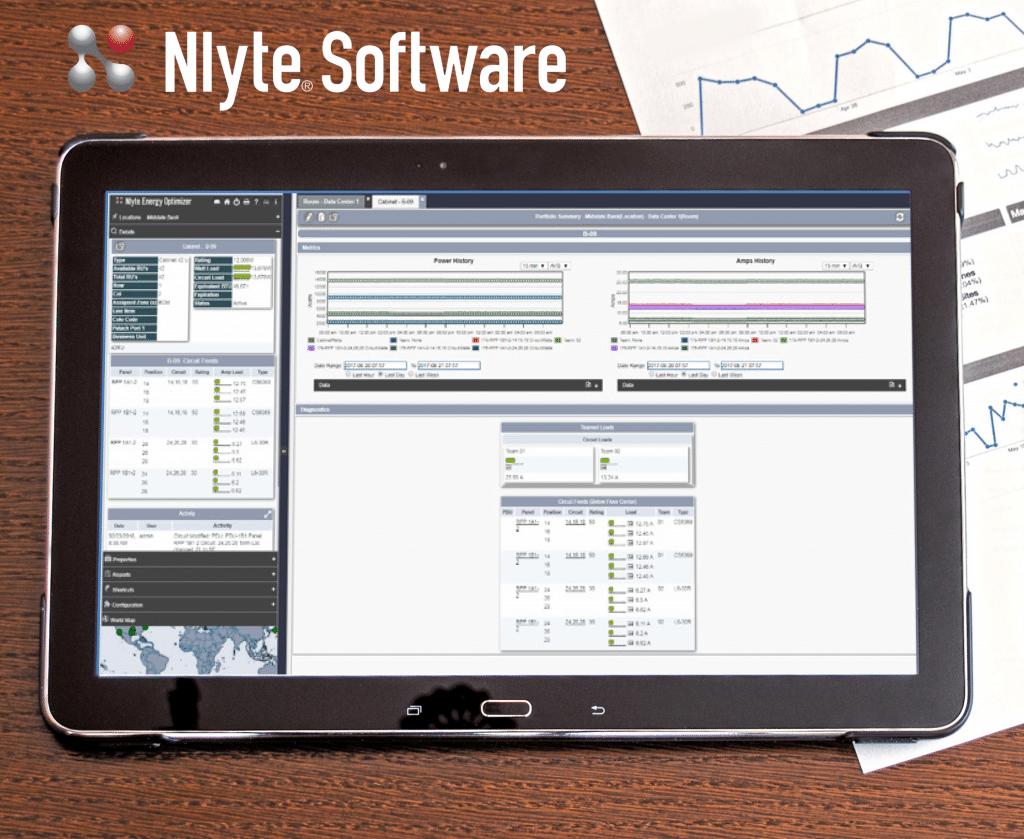
Enhancing Capacity Planning
Capacity planning is another critical area where DCIM systems shine, offering precise information about available power, cooling, and space. This data is crucial for supporting future growth, ensuring data centers can scale according to organizational needs without facing bottlenecks or resource over-provisioning. DCIM systems enable accurate forecasting and investment planning by clearly showing current capacities and utilization.
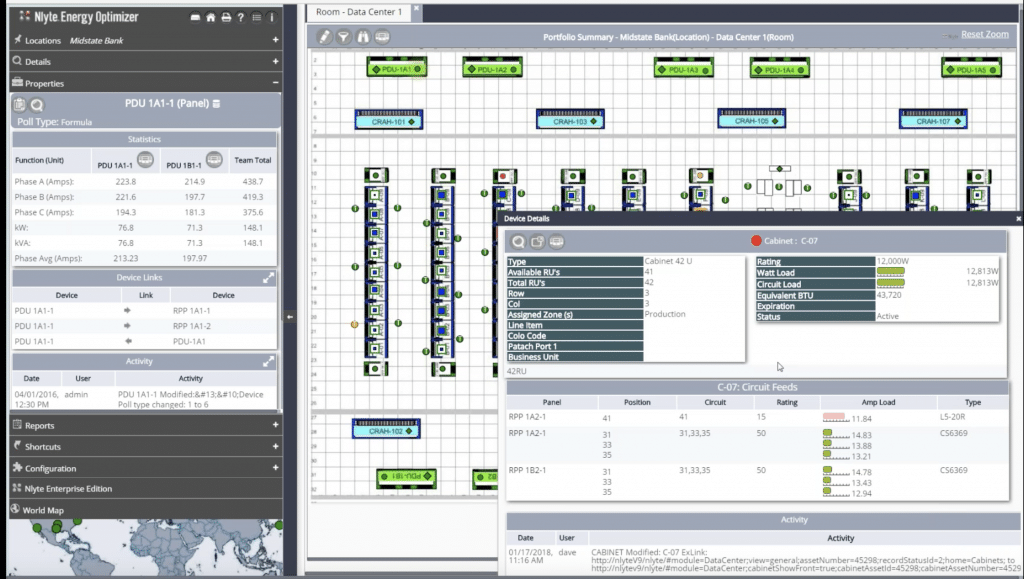
Energy Capacity Planning
Streamlining Asset Management
Asset management within data centers encompasses a broad spectrum of physical assets, from servers to networking equipment. DCIM systems facilitate the efficient management of these assets by capturing and enforcing change-related processes, including equipment installation, relocation, decommissioning, and disposal. By optimizing these workflows, DCIM systems reduce downtime, minimize error risks, and ensure changes are executed efficiently.
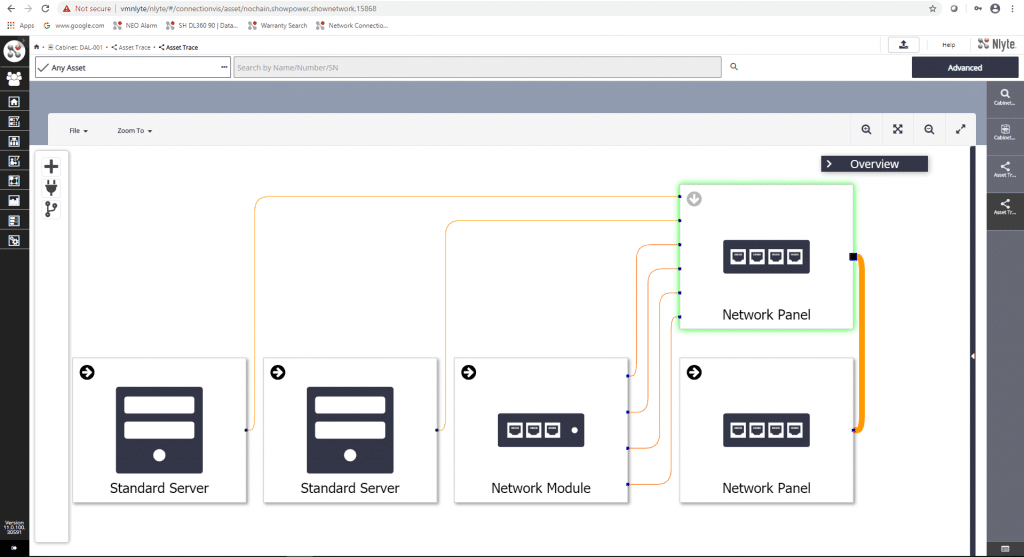
Establishing a Unified Information Source
In complex environments like data centers, disparate information sources can lead to inefficiencies and errors. DCIM systems tackle this challenge by consolidating real-time data from various sources into a unified view, offering clear visibility into assets, facilities, and compute infrastructure. This "single pane of glass" approach enhances decision-making and operational efficiency.
Prolonging Equipment Lifespans
DCIM systems extend the lifespans of data center equipment by providing predictability in space, power, and cooling capacities. This helps avoid system overloads, maintain optimal environmental conditions, and ensure equipment operates within recommended parameters, reducing the likelihood of premature equipment failure and lowering overall operating costs.
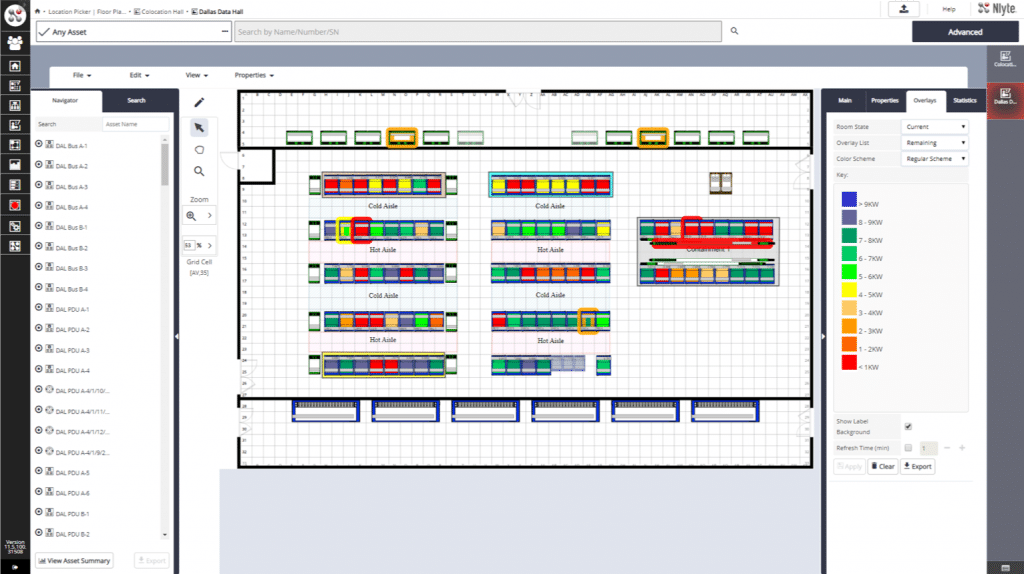
Cooling Capacity
Empowering Better Business Decisions
DCIM systems transform the vast amounts of data generated by data centers into actionable intelligence, invaluable to organizational stakeholders. By understanding the operational dynamics and efficiencies of the data center, organizations can make better-informed decisions that align with business objectives and drive growth.
Advancing Green Data Centers
DCIM systems are crucial in promoting green data centers by closely monitoring and managing energy consumption. By providing real-time data on power usage effectiveness (PUE), DCIM tools identify inefficiencies and drive the adoption of more energy-efficient technologies and practices, thereby reducing carbon emissions and supporting corporate sustainability goals.
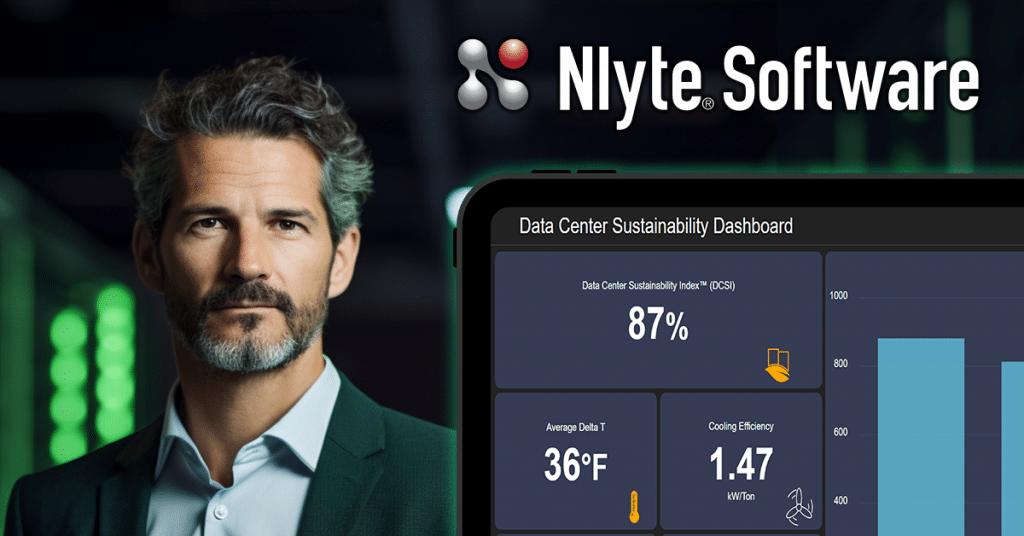
Optimizing Resource Utilization
DCIM systems also ensure optimal utilization of all data center resources, minimizing the environmental impact of expanding operations. This sustainable growth approach focuses on achieving more with less and extending the lifespan of existing infrastructure.
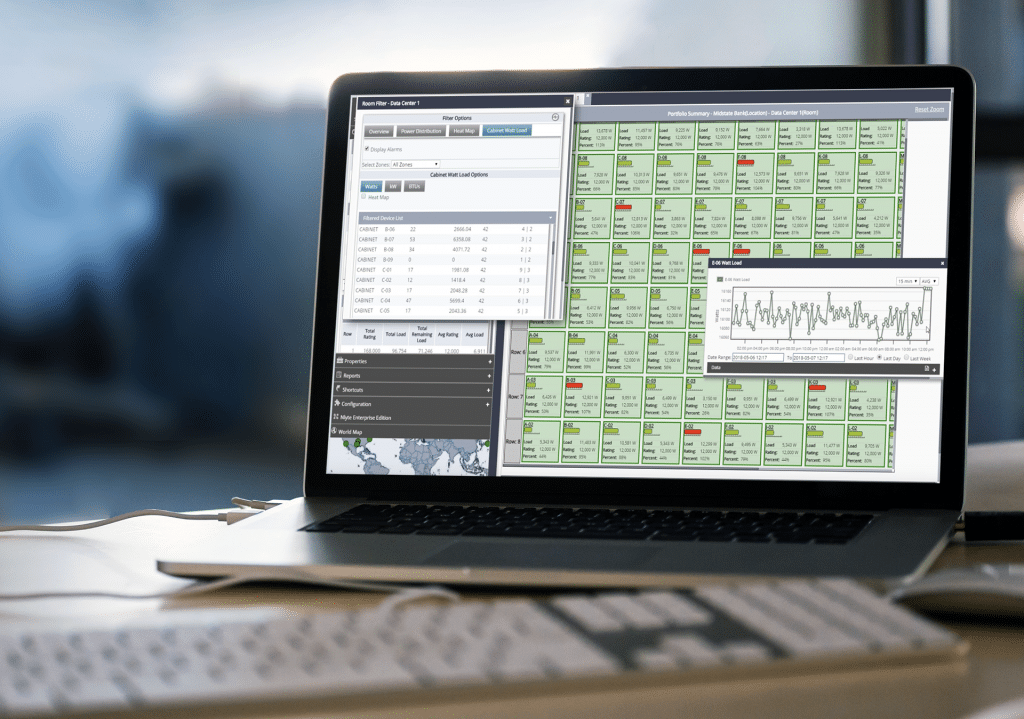
Facilitating Compliance Reporting
Compliance with industry standards and regulations is crucial, and DCIM systems add significant value by automating data collection and reporting. This simplifies demonstrating compliance with various laws, enhancing the data center's reputation among clients and partners who prioritize sustainability and data security.
Enabling Informed Strategic Decisions
By integrating sustainability metrics and compliance data into the DCIM framework, data center managers gain a comprehensive view that informs strategic decision-making. This ensures that decisions align with business objectives and sustainability goals, balancing economic and environmental considerations.
In conclusion, DCIM systems are not just about monitoring and managing data center resources; they are indispensable for enhancing operational efficiency, reducing costs, and supporting strategic business decisions. By offering detailed insights into every aspect of data center operation, DCIM systems enable organizations to optimize their IT infrastructure in alignment with broader goals, leading the way in environmental stewardship and responsible technology management.
Data Center Capacity Planning: Creating an Effective Strategy

